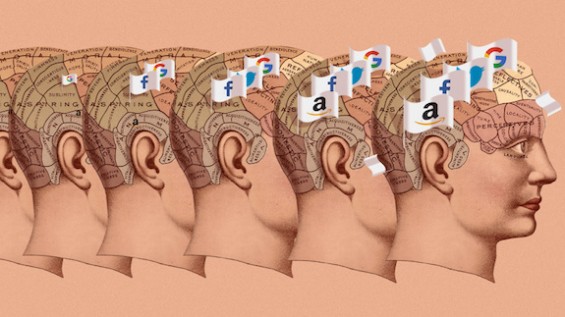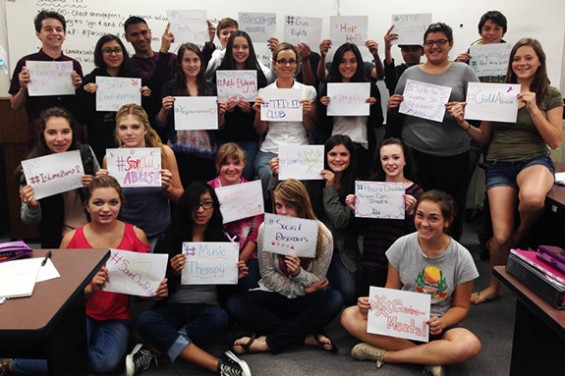
8 photography tips for anyone with a camera (or a camera phone)
The key to getting great photos isn’t just about having a nice camera. I’m a firm believer that good photography comes from smart photographers who think creatively and know how to make the most of what they’ve got, whether they’re working with fancy DSLR or an iPhone. Below are 8 non-technical, non-intimidating tips that I continue to refer to even after 10 years of taking pictures.
![]()
Yes, this is SO obvious, but it’s something that’s easy to forget. Phones can get especially dirty from riding around in our pockets and getting our fingerprints all over them. So form a habit where every time you go to pick up your camera, clean off your lens. You can wipe your lens with a lens cloth or a super soft fabric like an old t-shirt. But be careful; using a fabric that’s too rough will scratch your lens and that’s the worst! I like to keep my charger or at least one extra fully-charged battery on hand. It’s such a bummer when you want to take a photo but can’t.
![]()
If you remember only ONE thing from this list, I recommend you choose this one. Lighting is as valuable a tool as your camera. In fact, I think of them as equal teammates that have to work together to do the job — and you are their coach.
Generally, natural light from the sun is the best option. If you’re inside, raise the blinds and open the curtains to let in as much light as possible. If you can, move your subject near the window. If you’re limited to artificial lighting (anything that uses electricity), you’ll want to make sure you place the lamps in a way that they’re lighting your subject. Artificial light tends to be less even than sunlight. If you have a lamp or overhead lighting, take note of the direction the light is pointing in. Can you point another light from the other side to balance it out?
![]()
Reflective light bounces from the sun or a lamp onto an object and adds more light. If you want to get that clean, professional studio look, use a white piece of poster board or foam core to reflect light onto your subjects. Here’s an example:
Notice how in the image on the left, his face is almost entirely dark in the shadow. In the right image, the photographer put a reflector to the left of his face. This process is generally just trial and error. There’s no “right” way to hold the reflector, you’re just looking for an angle that will bounce light from your main source onto your subject.
![]()
The point of being a photographer is to capture the world as you see it and share your unique perspective with others. It’s important to visualize what you want your photo to look like before you take it. This is pretty common sense, but it’s easy to forget. You are the one taking the pictures, not just the camera.
![]()
When you look through the screen or viewfinder in your camera, examine every single thing that’s in the frame. This is called composition. For a photo to have impact, there should be no distractions causing viewers to look at something other than what you wanted them to see. Are there any water bottles or random objects that should be moved? Have you cropped off the top of someone’s head? I like to use the grid feature in my phone to make sure I’m getting straight horizon lines. You can use a 9-square grid like the one below to break sections of your photos up into three. This is called the Rule of Thirds — even though they call it a “rule”, this technique is totally optional, but useful in creating compositions that are pleasing to the eye. Here’s an example:
![]()
One mistake that many new photographers make is that their photos all look the same. It’s important to move around, explore every angle of your subject. If you’re photographing a person, you might want to stand above them so they look smaller or more elegant. If you want to show that the person is strong and powerful, you can try shooting from below a bit to make them seem larger. If you’re photographing an object, get up close, explore every angle. Does the object need to be shown in an abstract way with a wacky perspective? Or does a straight on angle help make it feel more truthful and direct?
![]()
Challenge yourself to take 10-20 shots of the same thing, making sure each one is unique. This will give you lots of options and is especially helpful when you’re photographing people. You can also try comparing photos with different lighting scenarios. Some low lighting situations will make things feel scarier or more mysterious, while bright lighting can seem happier or feel more honest.
![]()
Remember that the whole reason you’re capturing photos is so that you can express your own unique perspective. It can be very rewarding to show your images to people. Get feedback from friends, show your teachers and parents. I like to post my images on Instagram because it fascinates me to see how many likes a photo will get and whether people leave nice comments on my photo. Getting feedback like this can help you understand what makes an image more successful or powerful. The feedback isn’t always going to be nice, but that’s okay. These are your photos and they communicate your perspective. There’s no wrong way to do photography.
Emily Pidgeon manages TED’s Instagram account (@TED). To see her photography, follow Emily here: @holidayhaus. >>
Featured illustration via iStock.







These are worthwhile tips Fraser. Some I have told and instructed my dear wife about over the years but to no avail. “Leave me alone I can take good photos”, I’m told.
I need tips about how to help a wife, how to instruct a wife so she will absorb the message and understand a fraction of it!
How did the Coromandel grunt and puff go?
thanx a lot for all the beautiful tips..!!
Thank-you for these very helpful tips that any on the go photographer will need. They cover the common useful photography moves that anyone into taking meaningful photos will need and cherish. The “move around, get up close” tip I find very helpful because I find myself staying in one spot too much and with that tip now definitely will keep in mind moving around in all the different positions there obviously is. Also the “take a lot of photos” tip is a great one. Taking many photos of the same thing I will now keep in mind as a good idea because you never know how much better the next photo will be.
Useful. Perhaps contrast should have been highlighted in the lighting or reflector sections as this is still a big problem for many digital cameras.
Thank you for sharing. Im in no means a photographer. i just love to share my insights with the world. Great tips for an amateur. Merci beaucoup.
Thank you!
I am a travel photographer from North East India, these tips will help me further. Thank you very much.
This photography is very very essential for all kind of men because there have not any person in this world who does not know about “Camera”.By the photography they can be learned about “Camera” more and more.So thank you for the photography.